Announced in August 2018, the Sony Xperia XZ3 is a high-end smartphone featuring a Qualcomm Snapdragon 845 chipset, a 6-inch OLED display, and a fairly conventional-looking single main camera with a 19Mp 1/2.3¨ sensor. The latter is coupled with a lens that offers a 25mm-equivalent focal length and a f/2.0 aperture. In video mode, the XZ3 can record 4K video at 30 frames per second and keeps footage steady using 5-axis electronic image stabilization. Many mobile photographers will also appreciate the microSD slot for easy storage expansion.
Single-lens cameras have become a rarity among high-end smartphones, but with the right tuning and software, can keep up with the multi-lens competition. Read our report to find out how the Sony Xperia XZ3 camera performs in our DxOMark Mobile testing.
Key camera specifications:
- Single-camera setup
- 19Mp 1/2.3-inch sensor with 1.22µm pixels
- f/2.0-aperture lens, 25mm-equivalent focal length
- PDAF/laser autofocus
- LED flash
- 2160p/30fps video (1080/30fps in default mode)
About DxOMark Mobile tests: For scoring and analysis in our smartphone camera reviews, DxOMark engineers capture and evaluate over 1500 test images and more than 2 hours of video both in controlled lab environments and in natural indoor and outdoor scenes, using the camera’s default settings. This article is designed to highlight the most important results of our testing. For more information about the DxOMark Mobile test protocol, click here. More details on how we score smartphone cameras are available here.
Test summary


Achieving an overall DxOMark Mobile score of 79 points, the Xperia XZ3 is, after the Xperia XZ Premium, the second-best Sony device in our rankings, but cannot quite compete with the best smartphones we have tested. It achieves 76 points for still images, thanks to good target exposure in all light conditions, an accurate autofocus system, and very good texture and pleasant color rendering. It also displays good white balance when shooting in bright light and under typical indoor lighting. Thanks to its 19Mp sensor, the Sony is also capable of rendering fine detail and textures very well, so long as you are not shooting in low light.
That said, there is room for improvement in some areas. The Sony’s dynamic range, for example, is noticeably more limited than with other current high-end phones, and this often results in highlight clipping in more challenging high-contrast scenes, making the Xperia XZ3 best suited for more balanced lighting conditions. Many bright-light images also show comparatively low contrast, giving them a slightly dull look.
While our testers liked the Sony’s color rendering in brighter conditions, we observed some color casts and also noticed slightly high levels of saturation in low light. And while the AF performs mostly accurately across all light conditions, it slows down noticeably under dim illumination.
In the comparison graph below, you can see that at a low light level of 20 lux, the Sony Xperia XZ3 autofocus consistently produces images with good sharpness. However, it is noticeably slower—with delays of half a second or longer after refocusing—than the competition from other brands. Sony’s Xperia XZ Premium isn’t the quickest either, but the difference between it and the Pixel 3 or the Pocophone is not quite as noticeable as on the XZ3.
In addition, a multitude of image artifacts resulted in a low Artifacts score of 38 points. Soft corners are the Sony’s biggest problem. Levels of detail are noticeably lower close to the edges of the frame than in the center, and we often find some chroma noise as well. The XZ3 also has a strong tendency to produce image flare with a strong light source inside or close to the edge of the frame, which can be a problem when shooting in sunny conditions. Other artifacts we see include ringing, distortion, and noise along high-contrast edges.
Unlike most multi-camera phones and some other single-camera devices—for example, the Google Pixel 3, the Xperia XZ3 does not offer a bokeh mode out of the box and therefore achieves only our 25-point base bokeh score. Due to the lack of a tele-lens or a sophisticated software zoom (such as Google’s Super Resolution), the Sony’s zoom performance is more or less in line with other devices that use a conventional digital zoom. Zoom images look grainy and pixelated at all zoom settings, with fairly low levels of detail.
For its performance in video mode, the Sony Xperia XZ3 achieves a score of 85 points. Our testers liked Sony’s efficient electronic image stabilization that keeps things steady when hand-holding the camera while recording. Video footage also shows generally good target exposure and well-controlled noise levels in most light conditions. We also found the autofocus system to perform accurately and reliably.
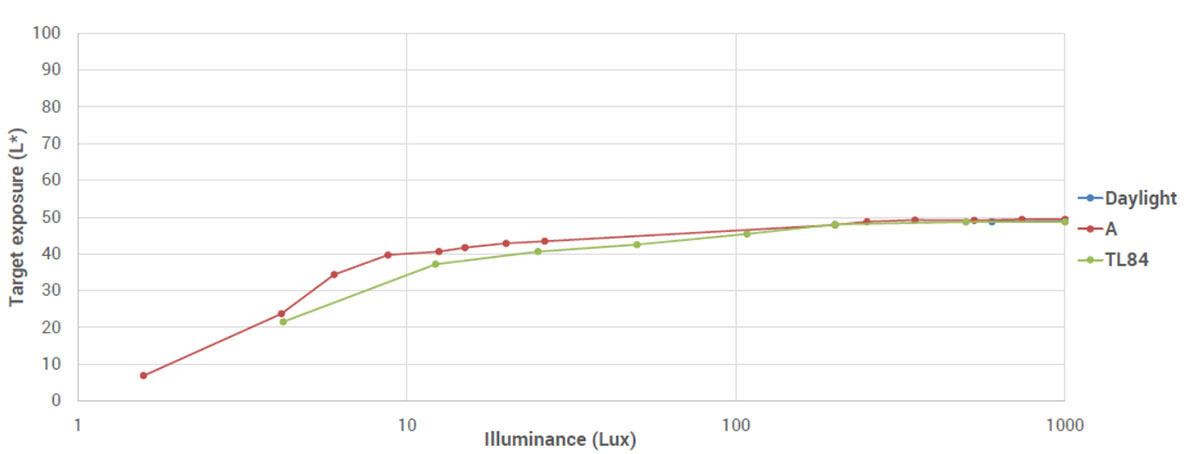
On the downside, color casts are often noticeable when recording under typical indoor illumination or in low light. Detail also suffers noticeably in low light, and like in stills mode, dynamic range is limited, often resulting in highlight clipping in high-contrast scenes. Image artifacts are less of an issue in video mode than they are for still shooting, but we consistently observed an “unstable texture” artifact—that is, when panning or otherwise moving the camera while recording, some textured areas take slightly longer to move than the surrounding areas, resulting in an unnatural effect.
Conclusion
In good conditions, the Sony Xperia XZ3 is capable of capturing images with good exposure, pleasant color, and high levels of detail. However, the single-lens setup and a lack of sophisticated computational imaging methods means that in more challenging situations, the Sony gets to its limits quicker than some of its competitors with more lenses and/or more powerful imaging software.
The camera has a tendency to clip highlights in high-contrast scenes, and zoom performance is slightly underwhelming. The Sony’s main point of criticism is a range of image artifacts, however, including soft edges, fairly strong distortion, and ringing. Video performance is pretty decent, though, with good stabilization and exposure across all light levels. Nevertheless, the XZ3 is tough to recommend when looking at the performance of some of its direct rivals in the high-end bracket of the market.
Photo pros
- Good target exposure in all conditions
- Good color rendering and white balance when shooting in bright light and indoors
- Very good texture rendition in outdoor and indoor conditions
- Accurate autofocus
Video pros
- Efficient stabilization
- Generally good target exposure
- Accurate autofocus
- Noise is mostly well under control
Photo cons
- Limited dynamic range in all conditions
- Color casts and slightly high saturation levels in low light
- Strong distortion
- Very noticeable noisy edges
- Softness in the corners
- Several noticeable artifacts, including ringing, flare, and color quantization
- No pre-installed bokeh mode
Video cons
- “Unstable texture” artifact in all conditions
- Color casts and white balance instabilities indoors and in low light
- Slow autofocus, some tracking errors
- Lack of detail in low-light video
- Limited dynamic range in bright light


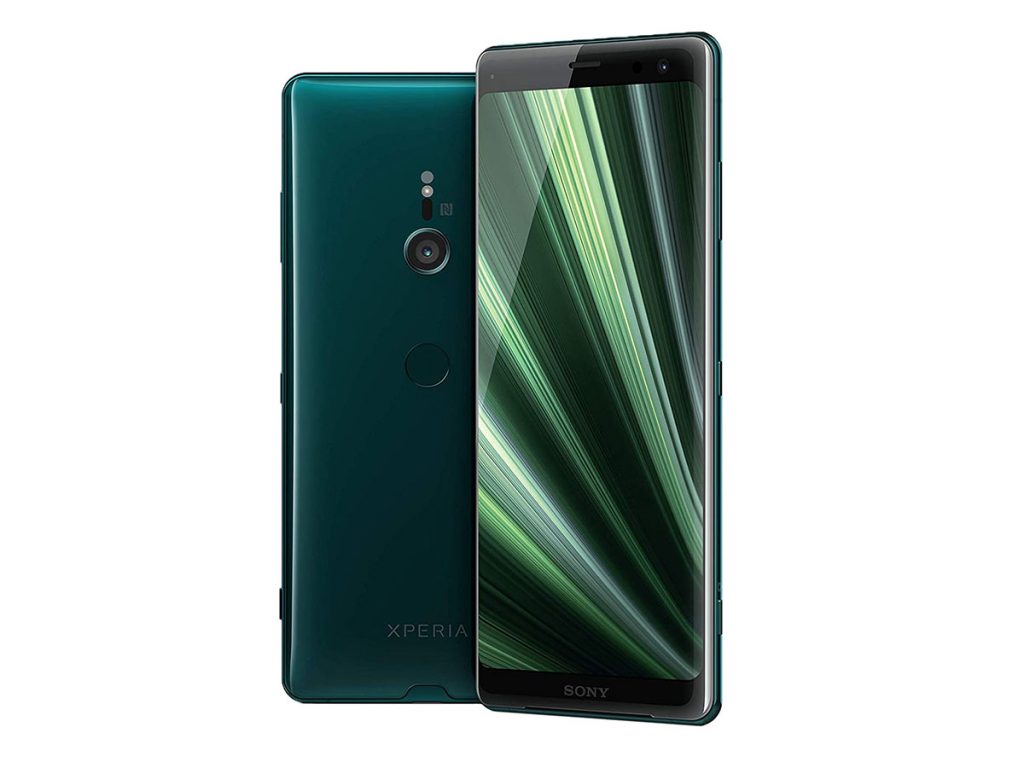
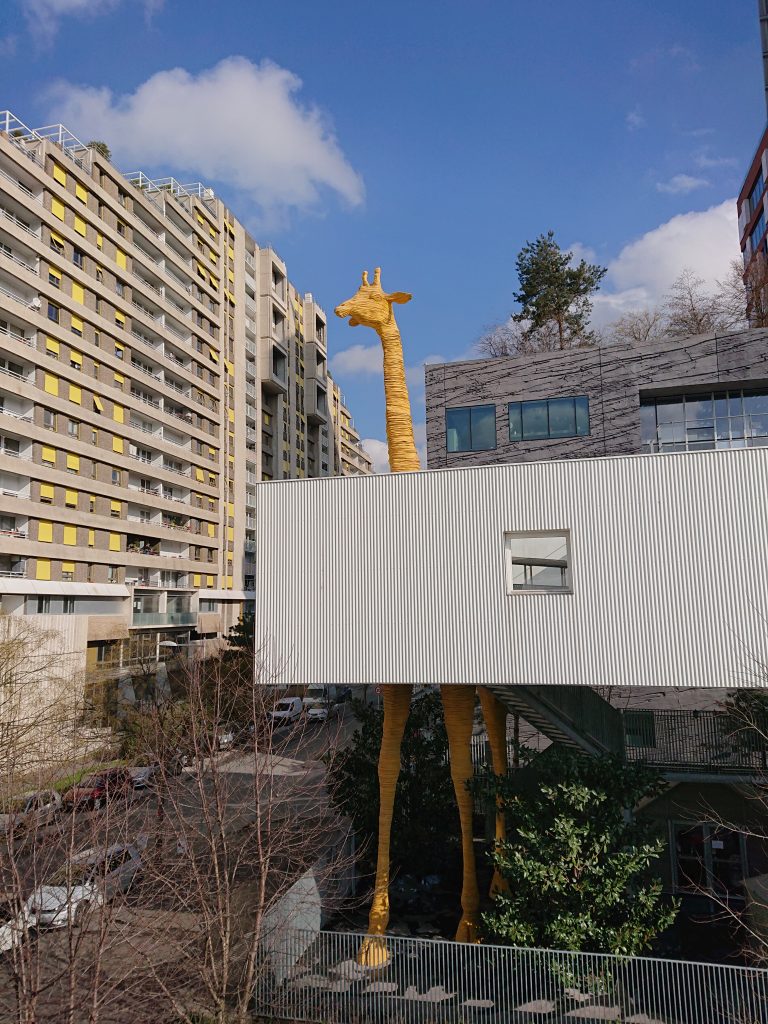


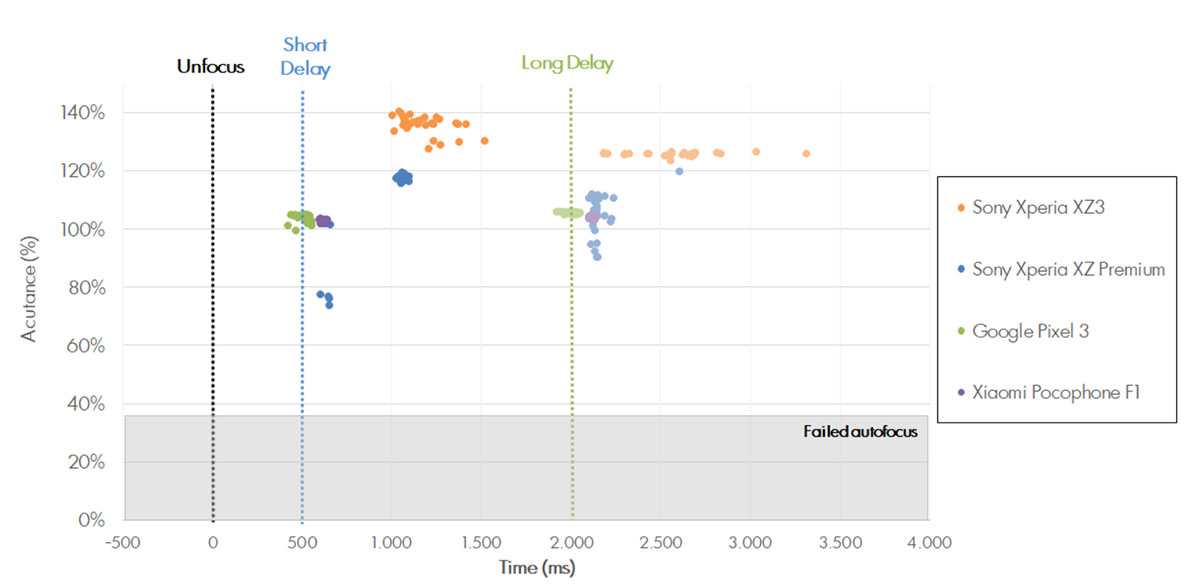
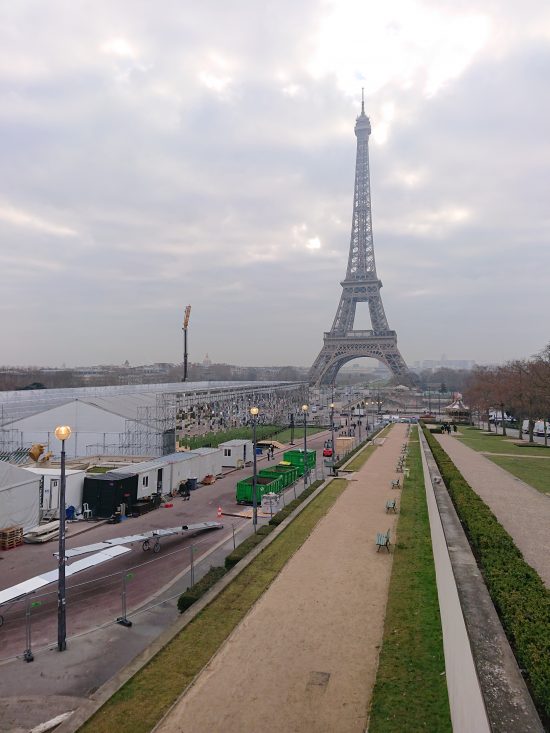
DXOMARK encourages its readers to share comments on the articles. To read or post comments, Disqus cookies are required. Change your Cookies Preferences and read more about our Comment Policy.